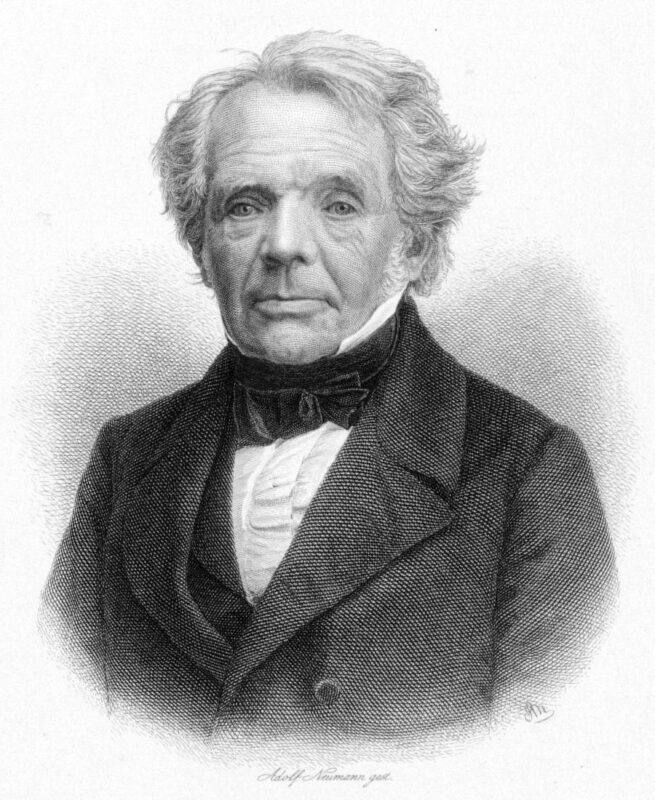The Fascinating Möbius Paradox: Know It All Here
The Möbius paradox has been a mystery to mathematicians for 46 years. Finally, the problem has been resolved.
Two mathematicians published a conjecture in 1977 that proposed the minimum size of a paper strip required to make an embedded strip. They offered an aspect ratio of 1.73 (or 3) but were unable to verify it.
A mathematician from Brown University successfully proved the conjecture about 50 years later, as evidenced in a preprint uploaded on the arXiv server.
The Möbius strip is a well-known mathematical object. The Möbius strip, discovered in 1858 by two German mathematicians, August Ferdinand Möbius and Johann Benedict Listing, is a mind-bending form that’s actually quite simple to produce. Take a piece of paper, twist it, and tape the ends together.
However, the shape’s simplicity reveals its mathematical complexity. The Halpern-Weaver Conjecture, put forth in 1977 by mathematicians Charles Sidney Weaver and Benjamin Rigler Halpern, speculated on the smallest size of that strip of paper required to create a Möbius strip.
Isn’t it simple? No, not really. There were a few rules added to this conjecture, the most important of which was that the paper strip had to be “embedded” rather than “immersed.” This means that the item could never intersect itself. In other words, there may be no overlaps in the embedded paper, Möbius.
While Weaver and Halpern postulated a length, they were unable to verify it definitively, which is where Brown University mathematician Richard Evan Schwartz comes in. Schwartz answers the nearly 50-year-old enigma in a work published on the preprint service arXiv, finally proving the lowest size indicated by the original Halpern-Weaver conjecture—an aspect ratio of 1.73, or 3.
“These Möbius bands have these straight lines on them.” “They’re referred to as ‘ruled surfaces,'” Schwartz said to Scientific American. “Whenever you have paper in space, even if it’s in some complicated position, still, at every point, there’s a straight line through it.”
Schwartz told Scientific American that he attempted numerous solutions for years before arriving at a geometric solution by dividing the problem down into more manageable bits. To ultimately arrive at the proper solution, Schwartz corrected a previous error in his calculations in which he had incorrectly determined that slicing a Möbius strip at a specific angle would result in a parallelogram—it was actually a trapezium.
“Oh, it’s not the parallelogram.” Schwartz told Scientific American, “It’s a trapezoid. The corrected calculation gave me the number that was the conjecture.” “I was astounded… I hardly slept for the following three days, simply writing this stuff up.”
The Möbius strip is shrouded in even more mystery. This conjecture, for example, only demonstrates the smallest size of a Möbius paper with one twist, not three or more. It’s astonishing that such a simple shape can still be so confusing, more than 160 years after its discovery.
History

The German mathematicians Johann Benedict Listing and August Ferdinand Möbius independently discovered the Möbius strip as a mathematical entity in 1858. However, it has been recognised for a long time, both as a physical object and in artistic portrayals; it can be found in various Roman mosaics from the third century CE, in particular. Many of them simply feature coiled ribbons as borders. These ribbons are Möbius strips when the number of coils is odd, but they are topologically equal to untwisted rings when the number of coils is even. As a result, whether the ribbon resembles a Möbius strip may be fortuitous rather than intentional. In at least one instance, a ribbon with distinct colours on either side was drawn with an odd number of coils, prompting the artist to undertake a crude patch where the colours did not match. Another mosaic from Sentinum (above) shows the zodiac as a band with a single twist that the god Aion is carrying. There is no convincing evidence that the one-sidedness of this visual depiction of celestial time was deliberate; it might simply have been chosen to make all of the zodiac signs appear on the viewable side of the strip. Some additional ancient images of the ourobouros or figure-eight-shaped ornaments are said to depict Möbius strips, but it’s unclear whether they were meant to depict flat strips of any kind.
Independent of their mathematical heritage, machinists have long known that forming Möbius strips on mechanical belts reduces wear by half since the entire surface of the belt is used rather than just the inner surface of an untwisted belt. Furthermore, a belt of this type may be less prone to curling from side to side. This approach was originally described in writing in 1871, shortly after the first mathematical papers on the Möbius strip. Much earlier, a 1206 work by Ismail al-Jazari illustrates a chain pump with a Möbius strip layout for its driving chain. In Paris, seamstresses used this surface in another way (at an unknown time) by instructing beginners on how to sew a Möbius strip as a collar onto a garment.




